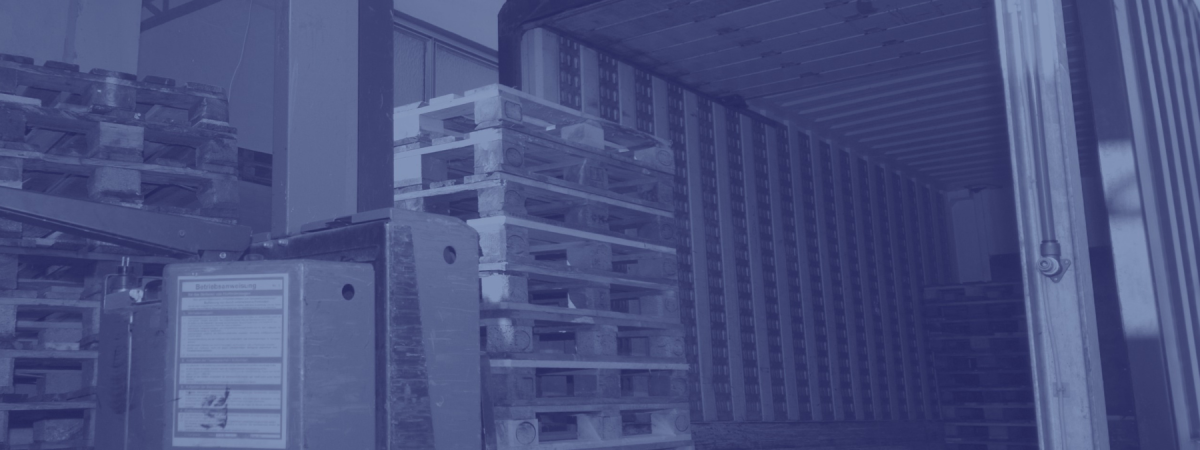Cal Wilson / August 2, 2023
The psychology of change
Resisting change is human nature – or is it?
Sometimes change is exhilarating. Sometimes change is petrifying. Whether you love and seek out regular change, or you are put-off by it, it’s important to understand why it has the effect that it does on us.
In this article, we take a look at the psychology of change, and how it might be impacting you.
Good Change Versus Bad Change
No matter how we feel about change, there’s objectively both good and bad types.
For example, embracing change in our professional and personal lives can lead to innovation, learning new skills, creating new opportunities, preventing stagnation, and other tangible benefits. In fact, obtaining an edge, or improving our lives, necessitates change – it’s essential. Alternatively, we stay where we are now.
However, some changes, like a global crisis such as a pandemic, or the loss of a loved one, have a negative impact on our lives.
Human beings tend to enjoy and pursue the types of change we consciously control. Think about a decision like renovating a room in your home. Sure, it brings stress and expense; but since you’re the agent of change in this decision, it tends to be the kind of change-making we gravitate towards.
When we aren’t the agents of change, we tend to react less favorably. If that home renovation becomes necessary due to an unexpected flood, for example, you might not be so happy about it. Even if the result is the same.
Whether or not we can control a change in our lives, change is going to happen. It’s inevitable. Determining how we can control more of it helps establish the direction we seek.
Resistance to Change
We’ve all heard that people resist change. It’s often stated as a simple fact of life in a sort of callous or dismissive manner. However, it’s false. Otherwise, we would never have children. Billions and billions of people, over centuries of time, have chosen to take on the drastic change in their lives by bringing children into the equation. Could there be a bigger change in life? Yet, we do it willingly.
So, the conclusion must be that people don’t resist or fear change itself. We like comfort and want to be in control of the change. More control, more comfort, easier to change. Not an easy equation to grab by the ears, and yet it is fairly straight forward.
In their book, ‘Switch’, Chip and Dan Heath allude to the logical and emotional side of change. They call it the ‘elephant’, our emotions that control most things, and the ‘rider’, our rational self trying to control the elephant. They state that to institute change, three elements must be addressed. It must make sense to the logical side, but maybe more importantly, it must move the elephant, the emotional side as well. In addition, a path for success or achievement must be shaped so that the change can indeed be instituted.
Whether you are trying to manage a change for yourself, or you are trying to manage change for someone else, you must ponder how to address, or fulfill, each of these three elements. The Heath brothers call it ‘Direct the Rider, Motivate the Elephant, and Shape the Path’.
In a parable about mice and cheddar, Spencer Johnson’s book ‘Who Moved My Cheese’, illustrates that the mice who figured out that the cheese was somewhere else and not the normal spot, motivated themselves to pursue the new location, and made a plan to get there, filled their bellies.
Common Resistors
As we’ve established, people like to be in control of their change. But what about people hesitating to make a change they can control? There are a number of reasons why people resist choosing change:
- The status quo is more comfortable.
- Underdeveloped coping skills.
- Fixation on a part of the change that’s not in control.
- The discomfort brought on by change is often perceived as unfair, rather than as a catalyst for growth.
- The justification feeling of ‘no need to change’.
- A perceived lack of security.
- Peer pressure – the ‘naysayers’ rule.
- Fear of failure.
If you look at each of these resistors closely you will see that either the logical or emotional side has not been satisfied related to the change being contemplated, or there is no clear path established.
In a book called ‘The Power of Habit’, Charles Duhigg discusses in great depth, the things that we become comfortable with that become habits and do not require us to engage our ‘resource restricted’ decision making process. It’s when we are presented with changes, or choices, that those resources are used up, and sometimes we just run out of gas. Our decision-making resources are depleted and change is stymied. The bigger the change, the more resources are required, the easier it is to run out of gas.
Understanding that concept and its effect on you – and recognizing that it is what is happening – can be enlightening. It can also be motivating to get the job done. Getting the job done means making the decision, yay or nay, with clarity and conviction, and ultimately driving change for the betterment of our lives. Understanding that these mental resources are being used up, and more rapidly for bigger changes, can provide the ability to realize that just because you can’t get to that point to make the decision to change, doesn’t mean that you can’t plan the decision-making process with precise smaller steps to ultimately get to that very decision point.
Improving Response to Change
If you’re in the majority of people who are, or have been, at some point, resistant to change, don’t feel bad. The uncomfortable feeling that accompanies change is a fairly common psychological response built into all of us.
In fact, it’s normal for us to perceive change as a ‘psychological threat’ – or an environmental challenge to our safety or integrity. Our natural instinct is to protect ourselves. So, what can we do to help us implement changes that will benefit us?
In the event of that visceral reaction to change, a rational appraisal of the situation and of yourself, is the best tool you can use to overcome your discomfort, and then determine whether or not reacting with only emotions or feelings might prevent a great opportunity.
On the other hand, the rational side can analyze you into the ground so you can’t move (analysis-paralysis). We need the emotional side too, including the vision for the future, the pursuit of dreams, the fulfillment of success, the picture we can create for ourselves. We need that energy.
Sometimes, if we can see a series of smaller steps along the way to achieving the change, it will help to get where us where we need to go. That’s shaping the path. When logic and emotion work together, change can be achieved more easily. Put another way, when the elephant and the rider work together down a clear path, that’s where achievement lies.
Exhausting Our Resources
There is another significant issue that comes into play when contemplating considerable change. Our ability to choose, is an exhaustible resource, as mentioned above. When given too many choices, we tend not to choose at all. There is study after study backing up this supposition.
In one study by physician, Donald Redelmeier and psychologist, Eldar Shafir, they found that when doctors were given a choice between recommending surgery or one medication, 47% chose the less invasive medication. When they had the choice between the same surgery, or two different medications, only 28% chose either medication. That’s an astounding result.
It’s called decision paralysis and it happens because we only have the capacity for so much choosing. In this case, even three choices were overwhelming as compared to two options.
The lesson here is to eliminate options as quickly as possible so you can really assess your very best alternatives. The likelihood of moving forward with life-improving changes is much higher when you have two choices versus more. That seems counter-intuitive, but science proves it to be true time-and-time again.
Adapting to Change
There’s no avoiding change in your professional life. After all, today’s business world frequently encounters changing market trends, changing career options, changing bosses, new technological advancements, corporate burnout, and other global challenges. However, too many professionals still resist change or try to slow it down.
Adapting to change and making necessary changes is important to displaying leadership, developing skills, achieving dreams, and advancing career.
Professionals who embrace change, rather than resist it, have the following advantages:
- Adaptivity in the face of the future.
- More opportunities.
- More chances to build resilience.
- Paths to personal and professional fulfillment.
Maybe there’s an opportunity in your life to make a significant change. Whatever it is, the lesson is to assess the opportunity rationally (Direct the Rider) engage the energy (Motivate the Elephant) and envision the future, and plot the direction to the opportunity (Shape the Path).
Just maybe it’s your new baby, or it’s your cheese, or it’s just your best chance to direct your life towards your own goals, dreams, and desires.











